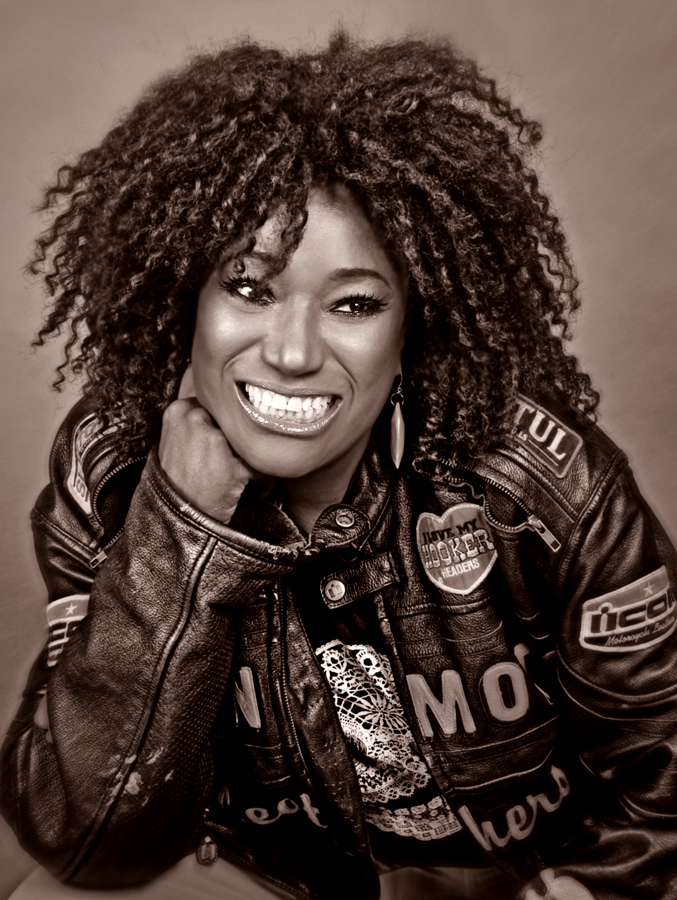You are using an out of date browser. It may not display this or other websites correctly.
You should upgrade or use an alternative browser.
You should upgrade or use an alternative browser.
Bonnie Pointer Passes Away at 69
- Thread starter GOS
- Start date

Help Support QuadraphonicQuad:
This site may earn a commission from merchant affiliate
links, including eBay, Amazon, and others.
- Joined
- Jan 9, 2013
- Messages
- 24,447
R.I.P. Bonnie 

1950 ~ 2020

1950 ~ 2020
- Joined
- Sep 28, 2017
- Messages
- 318
Great voice. Her first solo LP on Motown from 1978 is a personal favorite.
I know Quad Studios in Nashville has only an oblique--well, literally nominal--connection to quadraphonic recording. (See the fine print of this story--and this one.) And as far as I know, Blue Thumb didn't release anything in quad, apart from Striking it Rich by Dan Hicks and the Hot Licks. But has anyone heard this "7-inch Cine Reel" version of the Pointer Sisters' That's a Plenty (recorded in part at Quad Studios)? I don't entirely understand "4-channel stereo."
But has anyone heard this "7-inch Cine Reel" version of the Pointer Sisters' That's a Plenty (recorded in part at Quad Studios)? I don't entirely understand "4-channel stereo."
I assume that's just the standard 4-track stereo (two sides of standard 2-channel stereo) pre-recorded tape, which I have.
Pre-recorded reels continued to be referred to as "4-track" up until the end, presumably thanks to the multiple formats that were around in the early days (mono, 2-track, 4-track, staggered heads and probably something else I'm forgetting).
I spent much of the summer of 1974 going to a local record store that had for some reason apparently bought up a warehouse of reels, which they were selling for 75 cents each or two for a buck. I remember one of them making a big deal out of being for either stacked or staggered heads (46 years later, I can't remember!). I didn't buy it, partly because I didn't know the artist and partly because they were making such a big deal out of the format on the package that I wasn't sure if my standard 4-track Sony deck could play it.
I assume that's just the standard 4-track stereo (two sides of standard 2-channel stereo) pre-recorded tape, which I have.
Pre-recorded reels continued to be referred to as "4-track" up until the end, presumably thanks to the multiple formats that were around in the early days (mono, 2-track, 4-track, staggered heads and probably something else I'm forgetting).
I spent much of the summer of 1974 going to a local record store that had for some reason apparently bought up a warehouse of reels, which they were selling for 75 cents each or two for a buck. I remember one of them making a big deal out of being for either stacked or staggered heads (46 years later, I can't remember!). I didn't buy it, partly because I didn't know the artist and partly because they were making such a big deal out of the format on the package that I wasn't sure if my standard 4-track Sony deck could play it.
Like you, I figured that "4-track stereo" was just...stereo. The complicating factor is the "cine reel" thing, which Google isn't helping me clarify definitively. Does that just mean it's a bigger-than-usual (i.e., cine-size) reel? My wishful thinking wants to confuse it with 4-track optical soundtracks--like some of those old Bernard Herrmann scores...
Like you, I figured that "4-track stereo" was just...stereo. The complicating factor is the "cine reel" thing, which Google isn't helping me clarify definitively. Does that just mean it's a bigger-than-usual (i.e., cine-size) reel? My wishful thinking wants to confuse it with 4-track optical soundtracks--like some of those old Bernard Herrmann scores...
When I first cataloged some reels on Discogs, I was thrown by that as well. For whatever reason, they just use that terminology, maybe to differentiate it from big NAB hubs or something. I suppose "cine" is technically accurate in the sense that the center hole thingy (what IS that called?) on a standard consumer reel is identical to what was used for standard 8mm movie film. Super-8 used a larger hole.
It's a shame the Pointers didn't get to have any of those early albums (re-)mixed for quad.
Really nice new piece by Tammy Kernodle on NPR Music, about their influence and continued relevance:
https://www.npr.org/2021/02/10/9628...sters-genre-busting-pioneers-of-message-music
Also found this old piece from Mix magazine on the recording of "Yes We Can Can":
https://www.mixonline.com/recording/classic-tracks-pointer-sisters-yes-we-can-can-365603
Really nice new piece by Tammy Kernodle on NPR Music, about their influence and continued relevance:
https://www.npr.org/2021/02/10/9628...sters-genre-busting-pioneers-of-message-music
Also found this old piece from Mix magazine on the recording of "Yes We Can Can":
https://www.mixonline.com/recording/classic-tracks-pointer-sisters-yes-we-can-can-365603
Similar threads
- Replies
- 6
- Views
- 620
- Replies
- 6
- Views
- 664


